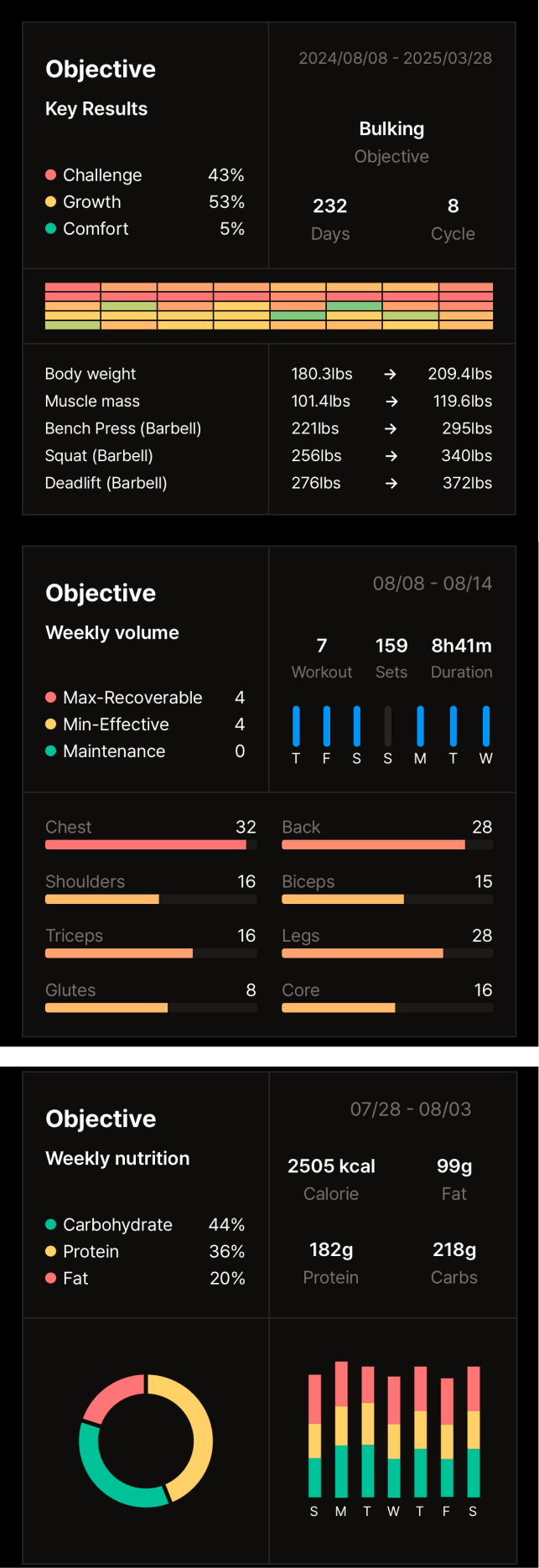Most Common Gym Injuries & How to Avoid Them
Understanding Gym Injuries
What Are Common Gym Injuries?
-
Sprains and Strains: Sprains involve the stretching or tearing of ligaments (tissues connecting bones), while strains affect muscles or tendons (tissues connecting muscles to bones). Common causes include sudden twists, falls, or lifting heavy objects improperly. * Back Injuries: Improper form during exercises like deadlifts or squats can strain back muscles, leading to pain and limited mobility. * Knee Injuries: Patellofemoral pain syndrome (runner's knee), a common ailment among runners and other athletes, involves pain around the kneecap, often caused by overuse, muscle imbalances, or improper tracking of the kneecap. * Shoulder Injuries: Overuse, poor technique during weightlifting, or sudden impacts can lead to rotator cuff tears or other shoulder injuries. * Tendinopathy: This condition, often referred to as tendonitis, involves damage to a tendon, often due to repetitive movements and overuse, especially in activities like weightlifting or running. ### Why Do Gym Injuries Happen?
-
Poor Form and Technique: Learning and maintaining proper exercise form is crucial for preventing injuries. Incorrect form puts undue stress on joints and muscles.
-
Overtraining: Pushing your body too hard without adequate rest can lead to muscle fatigue, increasing the risk of injuries. Recovery is essential for muscle repair and growth.
-
Lack of Warm-Up and Cool-Down: Warming up prepares your muscles for exercise, while cooling down helps them recover. Skipping these steps increases the likelihood of strains and pulls.
-
Improper Equipment Use: Using gym equipment incorrectly, such as lifting weights with improper form or setting machines incorrectly, can cause serious injuries.
Prevention Techniques for Workout Injuries
Mastering the Basics: Form and Technique
- Get Professional Guidance: Consulting a certified personal trainer can help you learn correct form and develop a safe, effective workout plan. They can provide personalized guidance tailored to your fitness level.
- Focus on Technique Over Weight: Prioritize perfecting your form with lighter weights before increasing the load. Lifting too heavy with improper form significantly increases injury risk.
- Video Tutorials and Classes: Utilize reputable online resources or attend fitness classes to learn proper exercise techniques. Visual demonstrations can be highly beneficial.
Developing a Balanced Workout Routine
- Incorporate Variety: Varying your workouts engages different muscle groups and prevents overuse injuries. Mix cardio, strength training, and flexibility exercises.
- Listen to Your Body: Pay attention to signals of fatigue, pain, or discomfort. Rest when needed to allow your body to recover. Ignoring these signs can lead to more serious injuries.
- Cross-Training Benefits: Engaging in different types of exercise, like swimming or cycling in addition to weightlifting, can improve overall fitness and reduce the risk of repetitive strain injuries.
The Role of Warm-Ups and Cool-Downs
- Effective Warm-Up Routines: Dynamic stretches, such as arm circles and leg swings, prepare your muscles for activity by increasing blood flow and flexibility. * Importance of Cooling Down: Cooling down with static stretches, holding each stretch for 15-30 seconds, helps reduce muscle soreness and improve flexibility after a workout. ## Gym Safety Tips
Equipment Safety
- Proper Use and Maintenance: Always check equipment for damage before use. Report any issues to gym staff. Using damaged equipment can lead to unexpected injuries.
- Gym Etiquette: Following gym rules, such as wiping down equipment after use and returning weights to their proper place, ensures a safe environment for everyone.
Personal Safety Measures
- Stay Hydrated: Dehydration can impair performance and increase the risk of muscle cramps and injuries. Drink plenty of water before, during, and after your workout.
- Use Appropriate Gear: Wear supportive athletic shoes and comfortable clothing suitable for your activity. Proper footwear provides stability and reduces the risk of ankle or foot injuries.
- Know Your Limits: Set realistic fitness goals and gradually progress your workouts. Pushing yourself too hard too soon increases the risk of injury.
Recovery and Injury Management
What to Do If You Get Injured
- Immediate Actions: Follow the PRICE protocol: Protection, Rest, Ice, Compression, and Elevation to minimize swelling and pain after an injury. * Consulting Professionals: Consult a doctor or physiotherapist for diagnosis and treatment if you experience persistent pain or suspect a serious injury.
- Rehabilitation Exercises: A physiotherapist can guide you through specific exercises to help you regain strength and mobility during recovery.
Long-Term Recovery Strategies
- Gradual Return to Exercise: Ease back into your workout routine gradually after an injury. Start with low-impact activities and gradually increase intensity as you heal.
- Mindset and Motivation: Staying positive and patient during recovery is essential. Focus on small improvements and celebrate your progress.
- Preventing Future Injuries: Reflect on the circumstances that led to your injury and take steps to avoid repeating the same mistakes. This could involve improving your form, adjusting your training program, or using proper equipment.
Conclusion
Staying injury-free at the gym is all about awareness, preparation, and smart habits. By understanding common gym injuries and how to prevent them, you can focus more on your fitness goals and less on setbacks. Remember, safety isn't just about avoiding injuries—it's also about creating an environment where you can thrive and enjoy your workouts. As you continue your fitness journey, consider sharing these insights with others to help foster a safer gym community. And always remember: the best workout is one that keeps you healthy and coming back for more.

